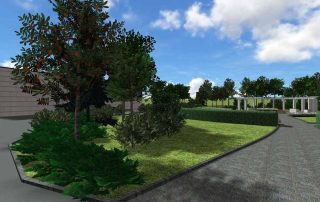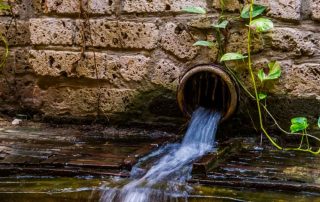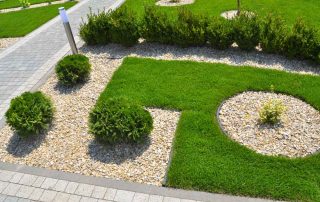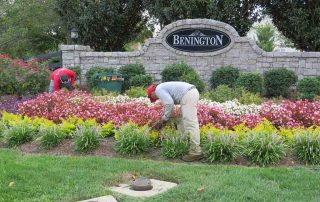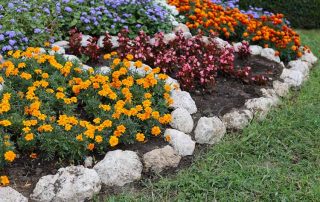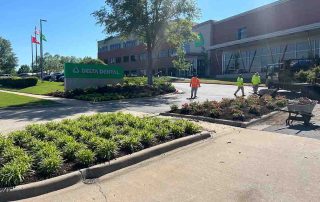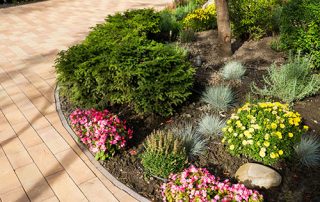Transform Your Commercial Space with Expert Landscape Design
Pugh's Earthworks In the competitive world of commercial property, first impressions matter more than you might think. One of the most impactful ways to enhance your property’s appeal is through professional landscape design. Whether you are a commercial property owner, landscaper, or facility manager, understanding the importance of commercial landscape design consultation can be a game-changer. In this blog post, we will explore the significance of hiring expert landscape designers, the benefits of sustainable landscaping, and the steps involved in the commercial landscape design process. By the end, you will have a comprehensive understanding of how to elevate your commercial property and enhance its value. The Art of Commercial Landscape Design Commercial landscape design is not just about planting trees and mowing lawns. It is an intricate art that combines aesthetics, functionality, and sustainability to create spaces that are pleasing to the eye while serving practical purposes. A well-designed landscape can boost employee morale, attract customers, and significantly increase property value. Why Professional Consultation with the Pugh's Earthworks team Matters Professional landscape designers bring a wealth of knowledge and experience to the table. Our team can assess your property’s unique characteristics, understand your specific needs, and create a tailored plan that maximizes both beauty and utility. Their expertise ensures that every plant, walkway, and water feature is strategically placed for optimal impact. Enhancing Property Value Through Design The Pugh's Earthworks well-executed landscape design can dramatically increase your property's market value. Potential tenants and buyers are often willing to pay a premium for properties with attractive and well-maintained outdoor spaces. Investing in professional landscape design is not just about immediate visual appeal; it is a long-term investment in your property’s value. The Benefits of Sustainable Landscaping Sustainable landscaping is becoming increasingly important in commercial properties. It involves designing and maintaining landscapes in a way that conserves resource, reduces waste, and supports the local ecosystem. This approach not only benefits the environment but also offers numerous advantages for property owners. Environmental Impact Sustainable landscape design promotes biodiversity, conserves water, and reduces pollution. By choosing native plants and eco-friendly materials, you can create a landscape that supports local wildlife and minimizes your environmental footprint. Sustainable practices like rainwater harvesting and composting further enhance the ecological benefits. Cost Savings While the initial investment in sustainable landscaping may be higher, it pays off in the long run. Native plants require less water and maintenance, reducing your utility bills and upkeep costs. Energy-efficient lighting and irrigation systems also contribute to significant savings over time. Community Appeal A commitment to sustainability can enhance your property's reputation and appeal. Eco-conscious consumers and businesses are more likely to support and engage with properties that prioritize environmental responsibility. Sustainable landscapes can become a selling point that sets your property apart from the competition. Steps of the Commercial Landscape Design Process Understanding the commercial landscape design process is crucial for successful implementation. Here is a step-by-step guide to help you navigate this complex yet rewarding journey. Initial Consultation The process begins [...]

